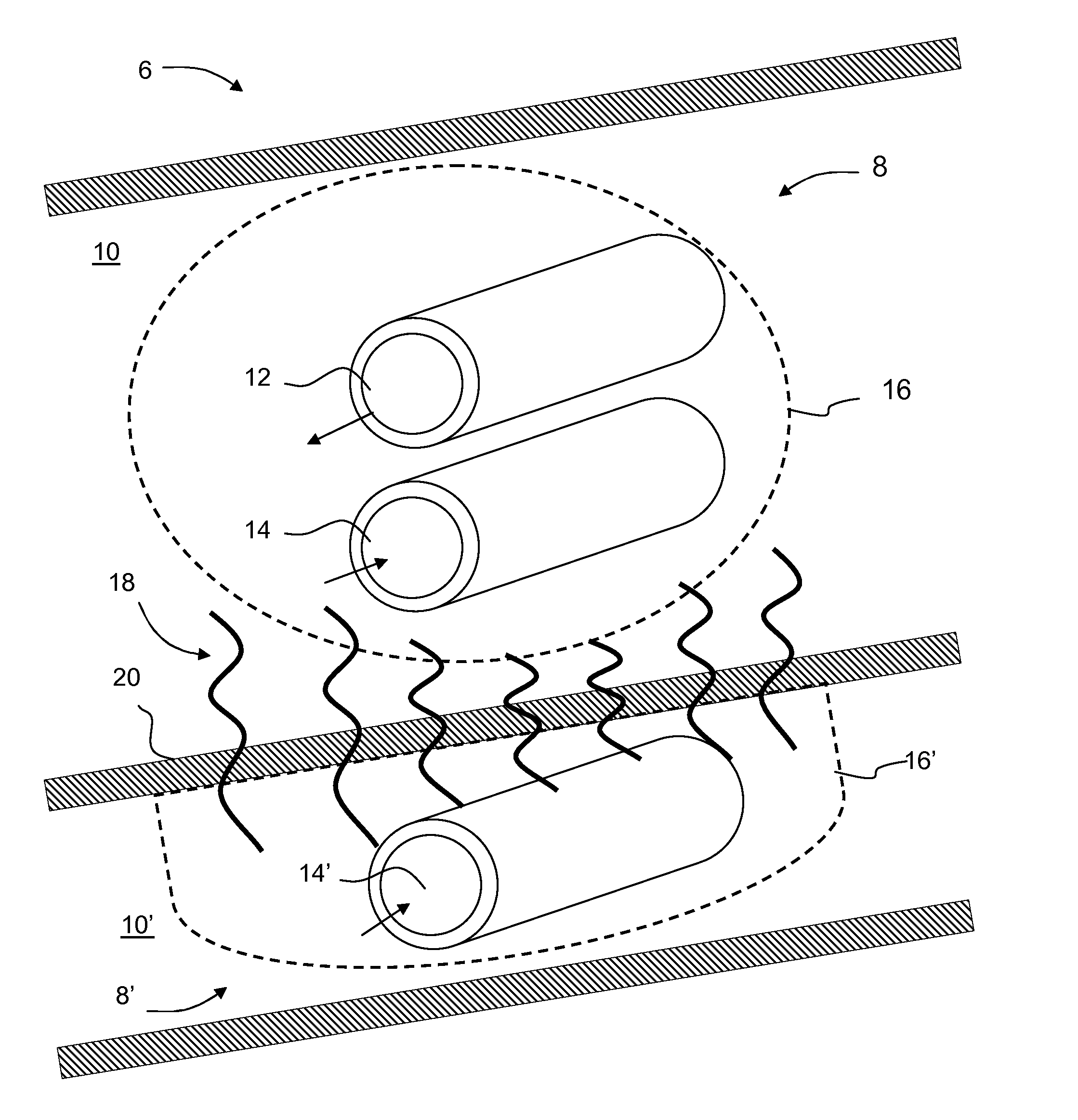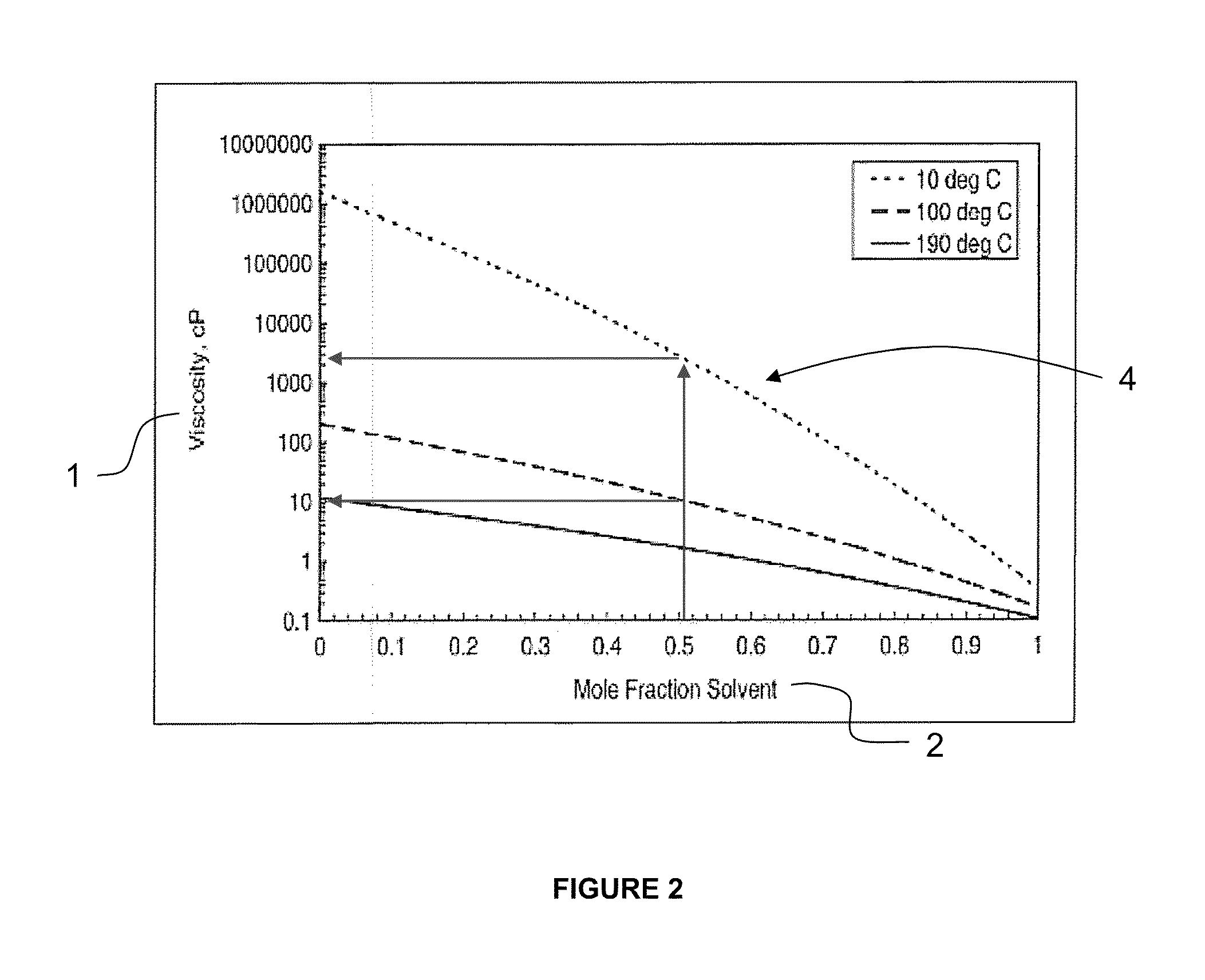Passive Heating Assisted Recovery Methods
- Summary
- Abstract
- Description
- Claims
- Application Information
AI Technical Summary
Benefits of technology
Problems solved by technology
Method used
Image
Examples
Embodiment Construction
[0039]For clarity of understanding, the following terms used in the present description will have the definitions as stated below:
[0040]“Reservoir”, “formation”, “deposit”, “stratum”, and “zone” all are synonymous terms referring to a single area within a reservoir that can contain hydrocarbon layers, non-hydrocarbon layers, and any combination thereof;
[0041]“Stacked zones” refers to a type of geological configuration consisting more than one reservoir, or the like, disposed adjacent one another, where said zones are separated by a barrier.
[0042]As used herein, the term “barrier” will be understood to mean a physical formation that separates two or more heavy oil containing strata. A barrier according to the invention may be impermeable, thereby preventing hydraulic flow of the heavy oil present on opposite sides thereof. However, the invention may also be used in cases where the barrier is semi-permeable. That is, the barrier may be sufficiently permeable to allow some degree of re...
PUM
 Login to View More
Login to View More Abstract
Description
Claims
Application Information
 Login to View More
Login to View More - R&D
- Intellectual Property
- Life Sciences
- Materials
- Tech Scout
- Unparalleled Data Quality
- Higher Quality Content
- 60% Fewer Hallucinations
Browse by: Latest US Patents, China's latest patents, Technical Efficacy Thesaurus, Application Domain, Technology Topic, Popular Technical Reports.
© 2025 PatSnap. All rights reserved.Legal|Privacy policy|Modern Slavery Act Transparency Statement|Sitemap|About US| Contact US: help@patsnap.com



